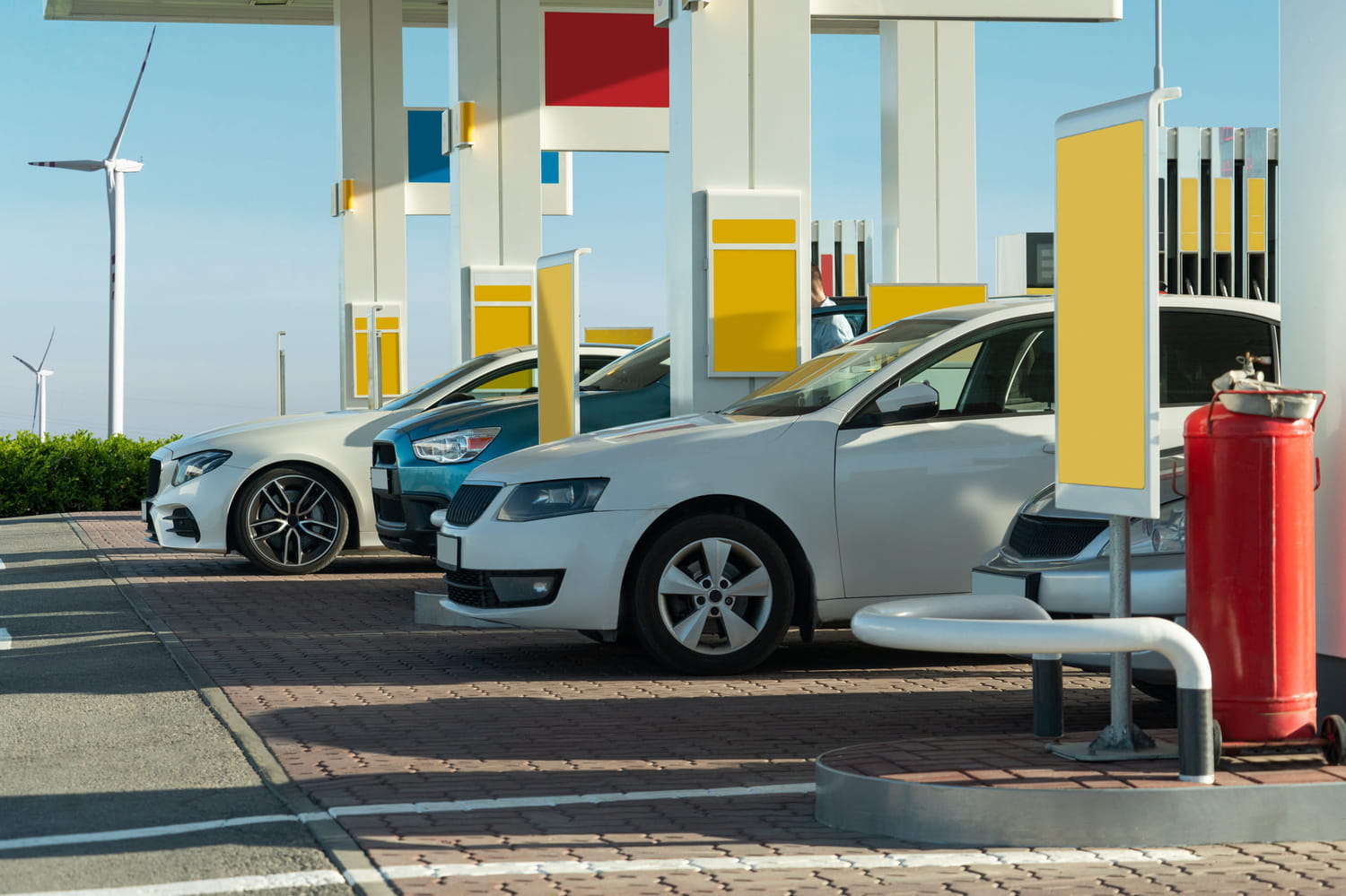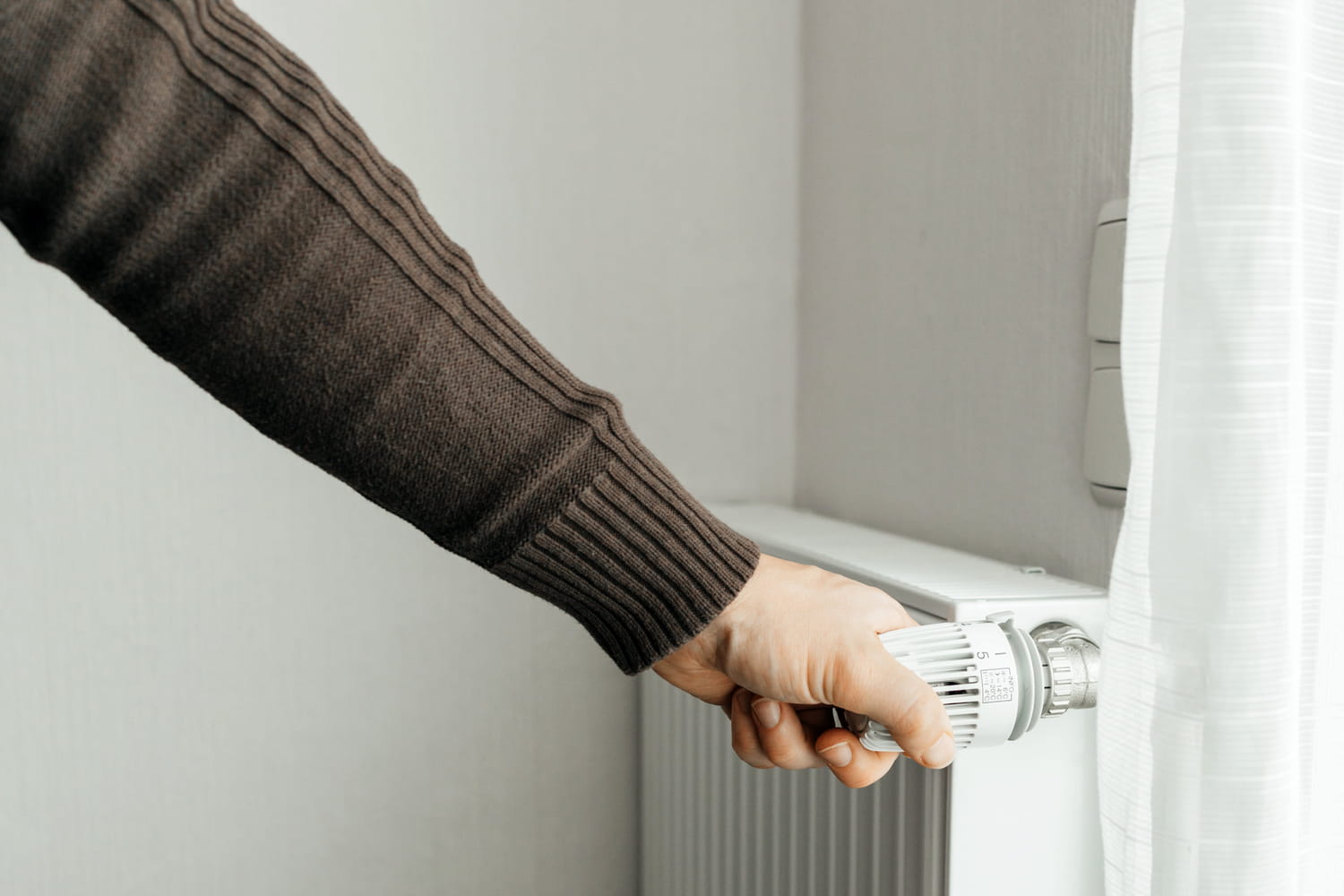Does your car really consume what you think? Probably not. A European study has proven that the figures announced by car manufacturers are far from reality.
This is an essential criterion for consumers, from an ecological point of view of course, but above all from an economic point of view. When purchasing a new vehicle, one of the first elements to take into account is its fuel consumption. Calculated per liters over 100 kilometers, this gives a good indication of the future bill at the gas pump: the higher the consumption, the more daily use of the car will cost. And yet, a study reveals that the data put forward by car manufacturers is far from reality.
In a report published in 2024, the European Environment Agency demonstrates a systematic gap between the figures announced by the brands, obtained during laboratory tests, and the figures based on the real driving conditions of users. Over the year 2023, the organization has collected millions of data on private cars and vans, gasoline and diesel, registered from 2021. As a result, the average difference amounts to no less than 18.7%. Among the fifteen best-selling brands in France, all underestimate the fuel consumption of their models. But one seems to be a better student than the others.
Yes, Toyota is the only one to tell (almost) the truth. The Japanese brand’s cars are those with the smallest difference between announced consumption and actual consumption: 10.9% difference on the petrol models (5.41 l/100 km instead of the promised 4.87 l/100 km), and 11.3% on the diesel models (8.59 l/100 km instead of the promised 7.72 l/100 km). A largely acceptable margin of error when compared to others. The worst in this area are notably: Renault with an average gap of 24.8% (petrol and diesel combined), then BMW with 24%, Dacia with 22.3%, or even Mercedes with 21.4%. Remember, however, that these figures must be taken with a certain relativity, because they also take into account vans, knowing that these vehicles often consume more than average, because of their heavy load.
Renault being one of the leaders in the sale of utility vehicles, this could explain (in part) the significant difference in consumption between the official figures and those collected in the field. If the European Agency recognizes that the gap has narrowed over the years – particularly since 2021 and the obligation to integrate an on-board fuel consumption monitoring device (OBFCM) on all vehicles entering the market – it is undeniable that the transparency and rigor of controls need to be reviewed.








